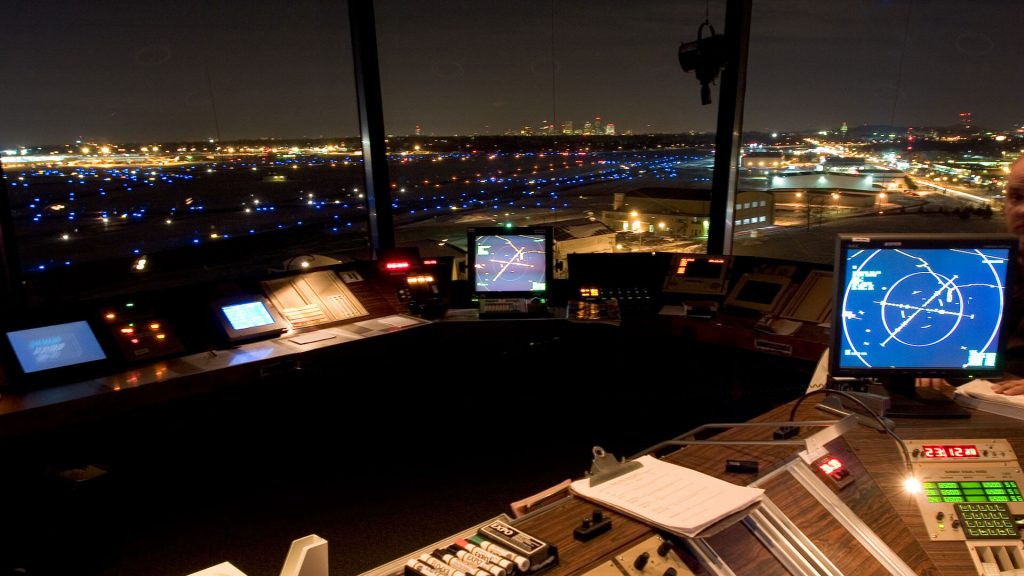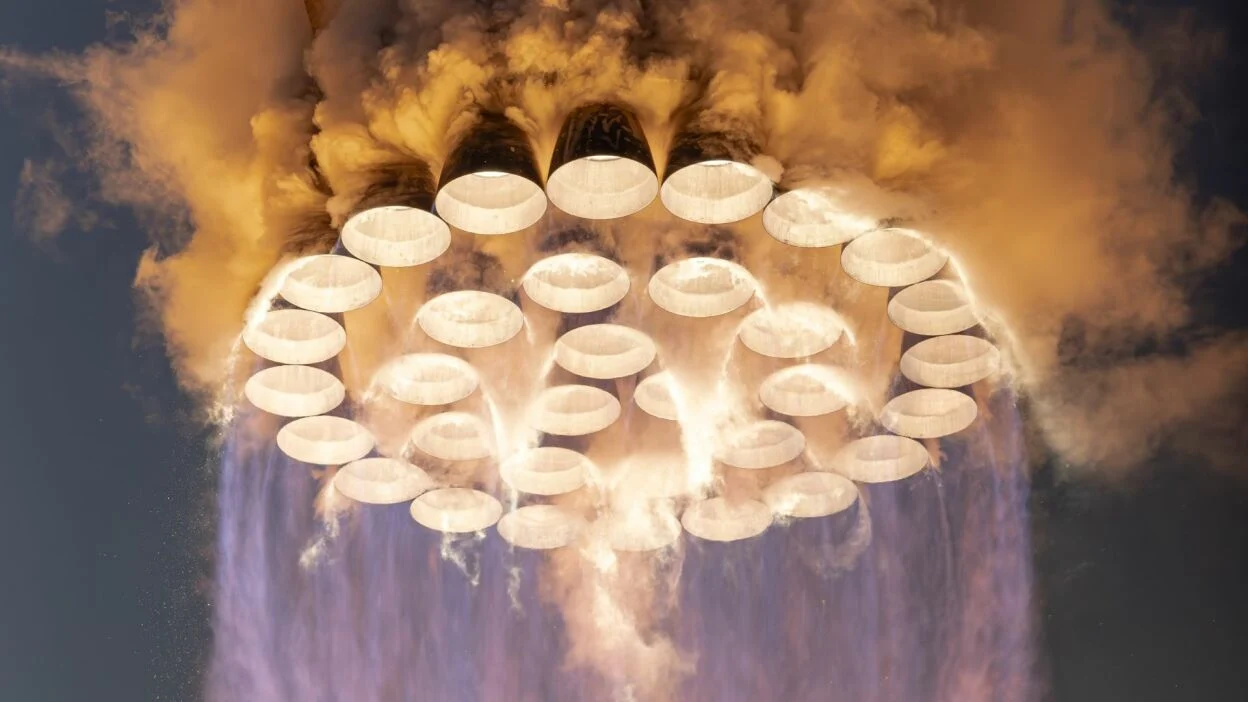SpaceX is gearing up to expand its Starship operations to Florida’s Space Coast, but first, it must navigate through another regulatory process. While the company is currently developing and testing its 400-foot-tall Starship rocket in South Texas, it also aims to utilize Launch Complex 39A at NASA’s Kennedy Space Center (KSC) for launches.
Initially, a NASA-led environmental assessment in 2019 determined that Starship operations at KSC wouldn’t have a significant impact on the surrounding environment. However, SpaceX’s plans have evolved since then, prompting the U.S. Federal Aviation Administration (FAA) to call for a more thorough review called an environmental impact statement (EIS).

The Starship is a groundbreaking project comprising two main components: the Super Heavy first-stage booster and the Starship upper stage. Both are designed to be fully reusable and could potentially revolutionize space exploration, including missions to Mars.
The proposed activities at LC-39A examined in the 2019 assessment included infrastructure development and approximately 24 launches per year. However, SpaceX’s updated plans involve additional infrastructure construction, a redesigned Starship and Super Heavy vehicle, a higher launch frequency, and Super Heavy booster landings at LC-39A instead of Landing Zone 1 at Cape Canaveral Space Force Station.
Under the revised plan, SpaceX aims to conduct up to 44 Starship launches from LC-39A annually. The FAA, responsible for overseeing the EIS process, is seeking public input and will conduct in-person and virtual meetings on the Space Coast in June for stakeholders to contribute their perspectives.
It’s important to note that a favorable EIS outcome wouldn’t automatically grant SpaceX permission to commence Starship launches from KSC. The company would still need to obtain a vehicle operator’s license from the FAA before proceeding with operations.

